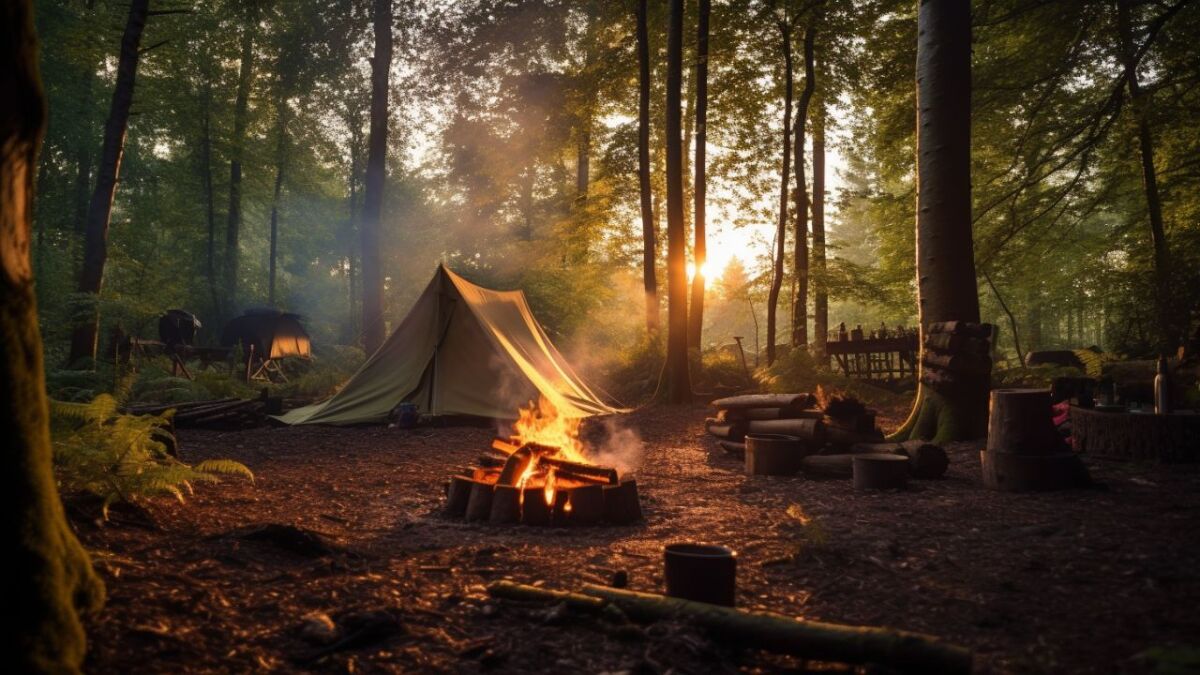
I would have liked to know this information for my outdoor activities sooner - 10 people tell
👉 The key facts from this guide
- People talk about their outdoor experiences on various topics.
- Tool selection: Invest in a good knife, it can be life-saving in an emergency.
- Water source: Never drink unfiltered water, no matter how clean it looks.
- Fire making: Be well-prepared and know the right techniques and materials.
- Weather recognition: Never underestimate the weather elements and always be prepared for changes.
- Survival techniques: Collecting food in the wilderness requires thorough knowledge and research.
- First aid: A first aid kit is essential, but it is equally important to know how to use it.
Lessons can be found everywhere, especially in the wilderness.
In this article, ten people share their most valuable insights from their outdoor activities.
Find out what mistakes they made, so you can avoid them, and what tips are supporting them today.
Dive in and enrich your next adventure with their knowledge.
1. Tool is only as good as its user
"I remember one of my first bushcraft adventures. It was a bright sunny day when I ventured into the woods, determined to test out my new inexpensive knife that I had found at a local store. It looked stylish and felt good in my hand. But as it turned out, looks weren't everything.
As I tried to carve some branches to build a small campfire, I noticed how difficult it was to cut through the wood. The knife was dull and kept slipping, almost injuring my fingers several times. Later, when I tried to split wood, the blade broke in the middle of the work.
There I stood, in the middle of the wilderness, with a useless knife. I felt unprepared and a little foolish. If only I had done some research beforehand or invested in a higher quality knife!
My learning experience: When you venture into nature, invest in a good knife. It will not only make your work easier but could also save your life in an emergency. Spending a little more money on quality can make the difference between a successful trip and a dangerous situation."
Johann Weber, 34, Dresden, Germany
2. Water everywhere - but is it safe?
"During one of my longest hikes through the forests of Oregon, I stumbled upon a crystal-clear spring. The water looked so clean and inviting that I thought I could simply quench my thirst without purifying it first. A rookie mistake that I would never repeat.
A few hours after drinking the water, my stomach started rebelling. I felt dizzy, weak, and had severe abdominal pain. It was obvious that I had ingested something from the water that I shouldn't have.
Alone and miles away from the nearest settlement, I was forced to cut my journey short and seek help. This small mistake not only cost me valuable time but also put me in a dangerous situation.
Since then, I've learned: No matter how clean a water source looks, never underestimate it. There are simple methods to purify water, whether through boiling, chemical treatment, or a water filter. They can make the difference between an unforgettable adventure and a health nightmare.
So, the next time you find yourself in the wilderness and come across a water source, remember that safety comes first. Take the time to purify the water. Your body will thank you."
Emily Thompson, 28, Portland, Oregon
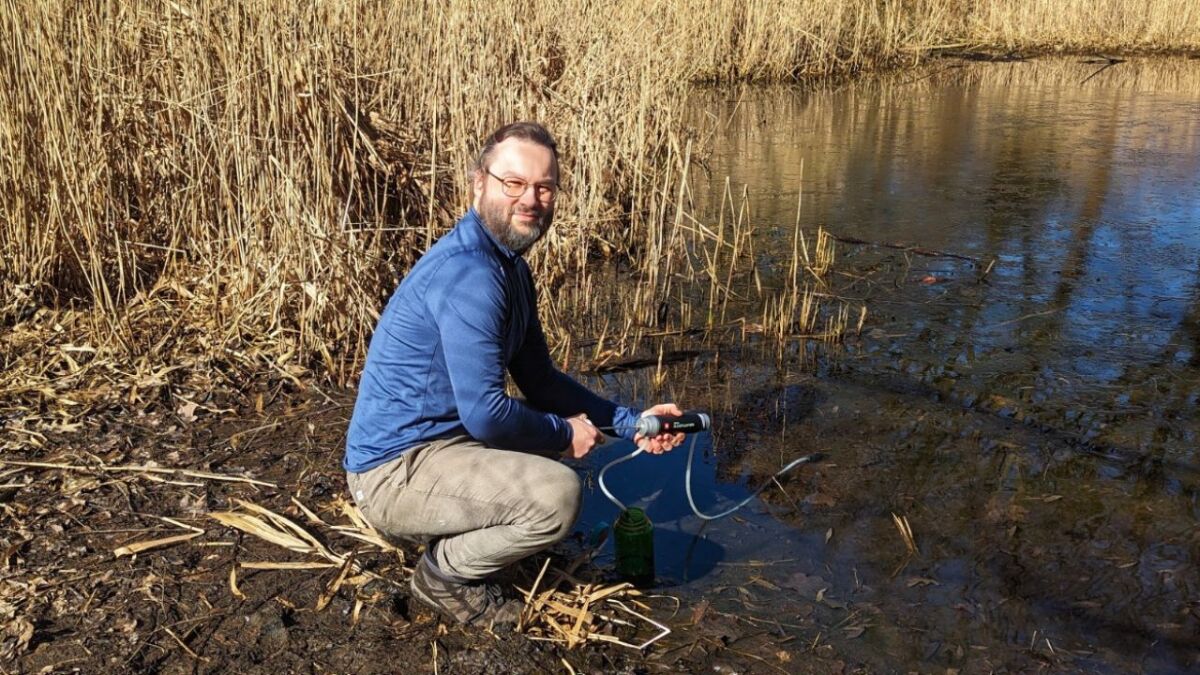
3. Making a fire? Be well-prepared!
"One of my first solo trips took me to the USA, to the dense forests of Minnesota in late autumn. I was determined to test my survival skills and make the most of this journey. As the sun set, I set out to start a fire. With my collected twigs and a Firesteel, I was confident that I would have a warm, inviting fire in no time."
But reality was different. Hour after hour passed. My tinder was not ideal, and the twigs were damper than I thought. Every time I thought I finally had a flame, it went out again. The temperature dropped rapidly, and without fire, I knew I would be in serious trouble."
Freezing and frustrated, I finally decided to seek shelter in my sleeping bag and endure the night as best as I could. It was a cold and unpleasant night that I wouldn't forget easily."
From this experience, I learned how essential it is to know the right techniques and materials for making fire. A good fire requires not only the right tinder and fuel, but also an understanding of the environment and conditions."
So, the next time you're in the wilderness and want to make a fire, be well-prepared. Learn about the best natural tinder materials in the region and practice starting a fire under different conditions."
Max Lehmann, 32, Hamburg, Germany
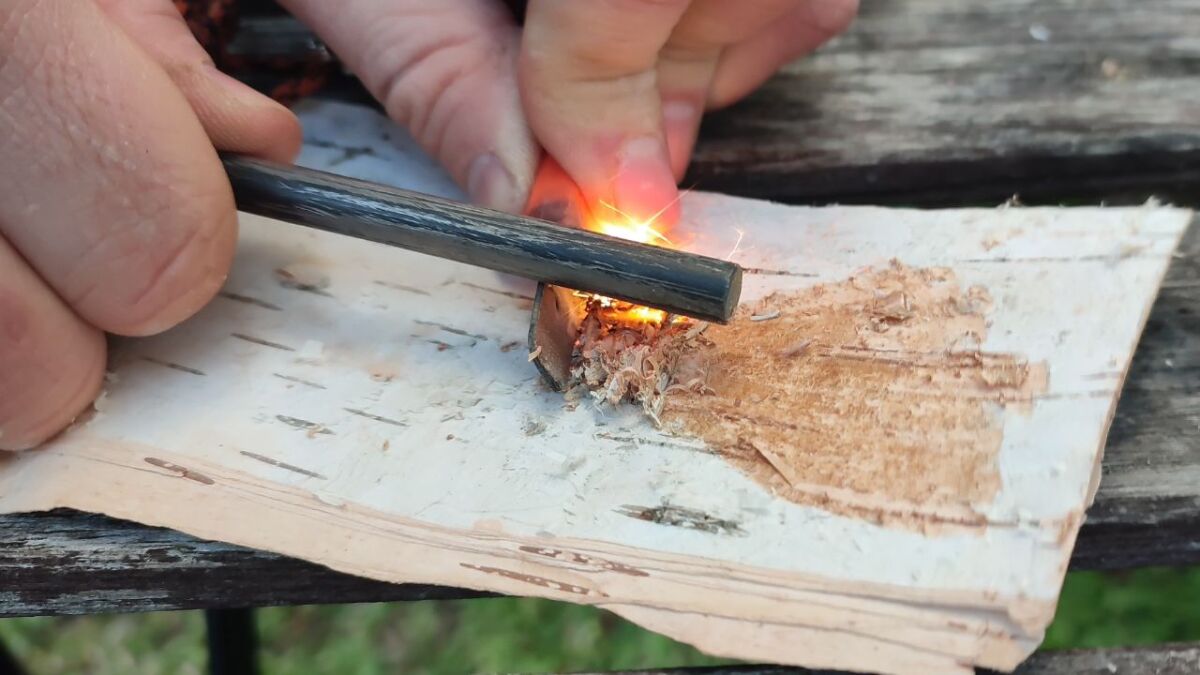
And here is a short video about it:
4. Protection comes first - never underestimate the weather elements
"During my early bushcraft days, I planned a week in the Rocky Mountains of Colorado. I had everything carefully prepared and was excited about the idea of spending a week in the wilderness, surrounded by breathtaking landscapes. I had been camping several times before and had no concerns."
On the third day, I noticed some clouds in the sky, but didn't think much of it. Instead of reading the signs of nature, I decided to continue my planned route and climb a peak.
As I moved higher and higher into the mountains, the sky quickly darkened. What had started as a gentle breeze turned into a raging storm. Snowflakes whipped against my face, and I found myself in the midst of a snowstorm, ill-equipped and unprepared.
It took hours for me to fight my way to a safer place, and I eventually had to set up an emergency shelter to protect myself from the elements. I spent a terrifying night in the snow, hoping and praying that the storm would subside.
This experience taught me the importance of weather recognition. I had overlooked the early signs and ignored the advice of experienced mountaineers. In the wilderness, the weather can be your greatest enemy or your best friend, depending on how well-prepared you are.
So, when you go into nature, take the time to study the clouds, feel the wind, and observe the animals. They can give you valuable clues about what the sky has in store for you."
Ethan Miller, 29, Boulder, Colorado
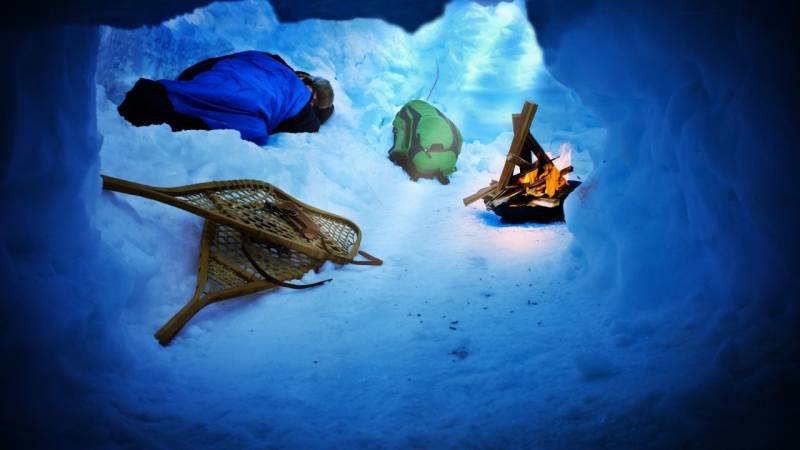
5. Survival Techniques - More than just theory
"When I was hiking through the dense forests of northern Germany a few years ago, I thought I had enough supplies with me. But after an unexpected rain shower made my food inedible, I found myself in a precarious situation. I decided to rely on my rudimentary knowledge of edible plants to keep going.
In my overconfidence, I picked berries from a bush and ate them without thinking twice. They looked similar to the berries I thought were edible. A few hours later, I felt dizzy and my stomach rebelled.
The following days were a struggle against nausea and weakness until I finally found help. It turned out that I had eaten poisonous berries that looked similar to an edible variety.
From this experience, I learned an important lesson: Collecting food in the wilderness requires thorough knowledge and research. It's not enough to just know a little bit - it can mean the difference between life and death.
So if you're planning to rely on nature to sustain yourself, make sure you know exactly what you're eating. Invest in good books or courses that teach you how to distinguish edible from poisonous plants and animals."
Sophie Müller, 27, Lübeck, Germany
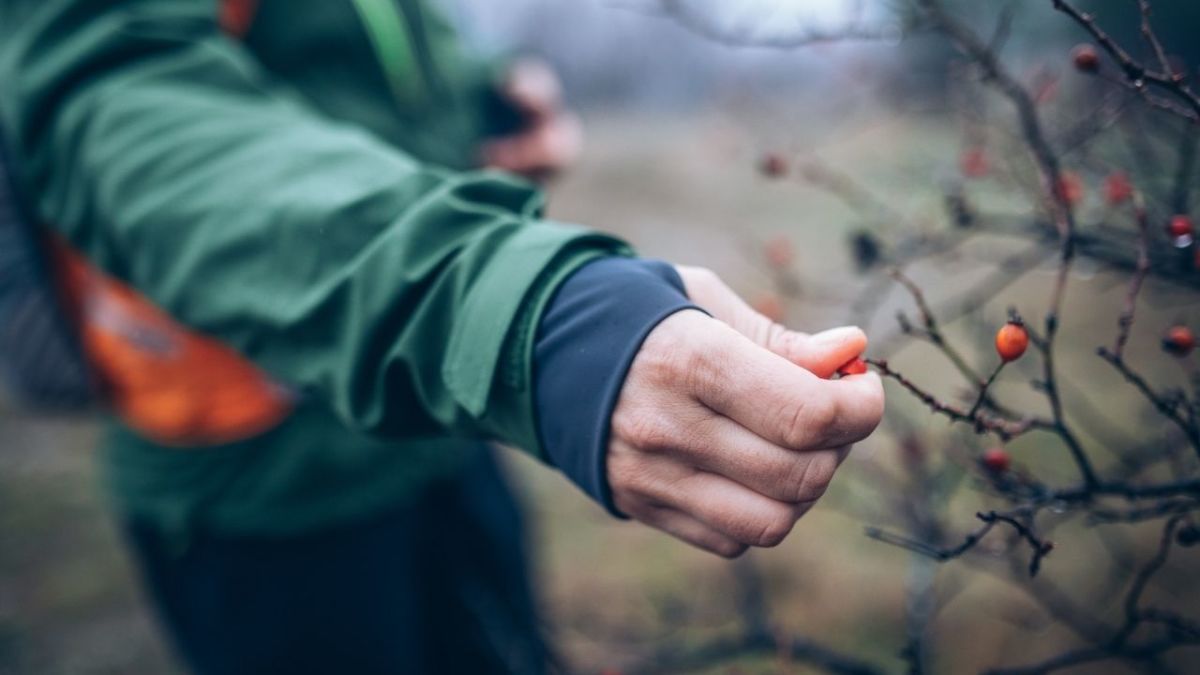
6. First Aid - Not just a set, but a must
"During a solo hike through Yosemite National Park in California, I had a moment of carelessness that could have had devastating consequences. I slipped on a wet rock and sprained my ankle. Pain shot through my foot, and I could barely stand, let alone continue."
Fortunately, I had a first aid kit with me. But here's the catch: I hardly knew how to use it properly. Even though I had bandages and painkillers, I was unsure of how to properly support and treat my ankle.
The hours I spent slowly and painfully making my way to a campsite were some of the longest of my life. The pain was almost unbearable, and the uncertainty of whether I was worsening my condition tormented me.
I learned my lesson. After this experience, I took a wilderness first aid course. It was amazing to learn how many simple techniques and knowledge can make the difference between a minor inconvenience and a real crisis.
If you're going into the wilderness, don't just be equipped with a first aid kit, but also make sure you know exactly how to use it in case of emergency. It's a small effort that pays off a hundredfold in a crisis."
Mike Harrison, 35, San Francisco, California
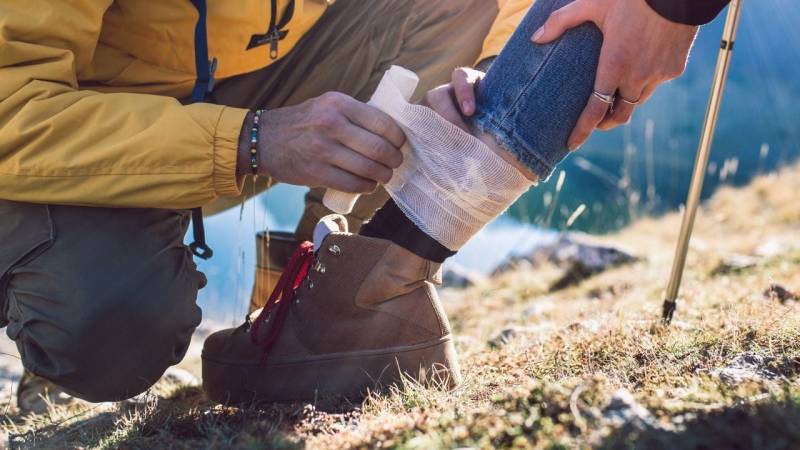
7. Do not blindly trust technology - The art of navigation
"I was full of anticipation as I set off on a weekend trip to the forests of Bavaria. With my new GPS device, I felt invincible and confident that I would be able to find my way at any time. But technology sometimes has its quirks.
On the second day of my journey, I suddenly lost the signal. My GPS device couldn't establish a connection to the satellites. Up until then, I had relied completely on the device and neglected my old knowledge of traditional navigation. No map, no compass, just blind trust in technology.
As the hours passed, and I became increasingly lost, I realized how dependent I had become on my device. I tried to remember landmarks and use the sun as a guide, but it was obvious that I was in a difficult situation.
After a long, worried night in the woods, where I felt completely lost, I finally stumbled upon a hiking trail and found my way back to civilization.
This experience was a wake-up call for me. I recognized the importance of basic navigation skills and started familiarizing myself with a map and compass again. Technology is wonderful, but in the wilderness, one should never rely solely on it.
So, the next time you're out there, make sure you have backup navigation methods and know how to use them. It could make the difference between a pleasant outing and a nightmare."
Lena Schmidt, 41, Munich, Germany
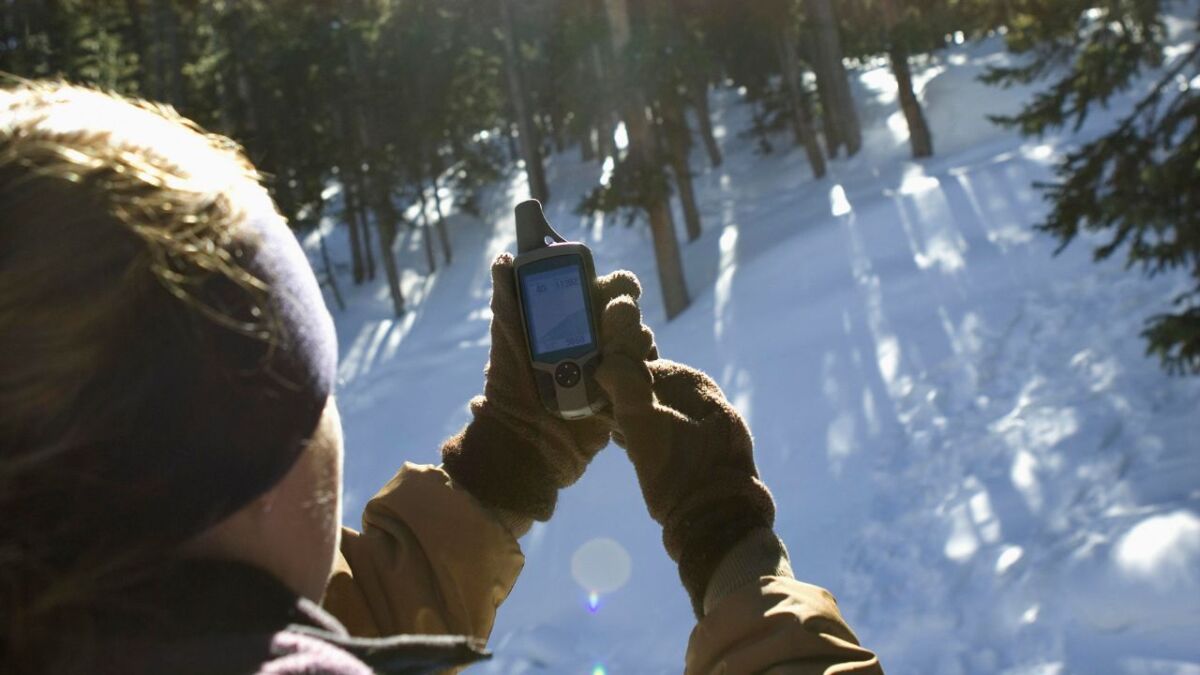
Here I have attached a video for you:
8. The wilderness is their home - animals and their signals
"During my journey through the Great Smoky Mountains National Park in Tennessee, I was excited to observe the impressive wildlife. I had my camera ready, hoping to capture some spectacular shots.
One morning, I came across what, I thought, was a harmless, curious squirrel. It approached me, and I knelt down to photograph it. But in my excitement and ignorance, I overlooked the warning signs of a not-so-friendly animal: a raccoon that was approaching me from behind and sniffing through my backpack.
Before I knew it, the animal had stolen some of my supplies and disappeared. But the true surprise came later. I noticed that the raccoon had also taken my first aid kit!
I felt caught off guard and unprepared. Furthermore, I hadn't realized how cunning and hungry some wild animals can be. Understanding animal behavior, recognizing their signals and boundaries, is crucial in the wilderness.
After this experience, I invested time in learning more about the animals in the areas I visited. This knowledge has not only helped avoid unwanted encounters but also deepened my appreciation and admiration.
So, if you're heading into the wilderness, take the time to educate yourself about the wildlife. Understand their habits and respect their space. And above all, be never deceived by their apparent harmlessness."
Samuel Turner, 34, Nashville, Tennessee
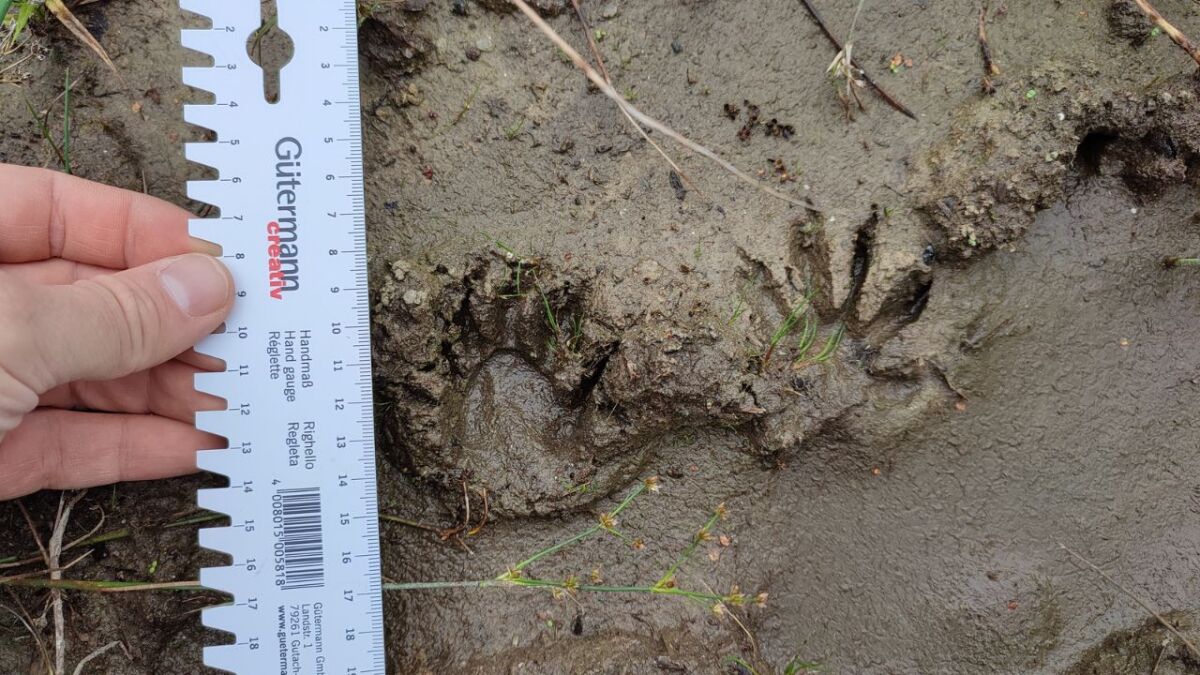
9. Fashion vs. Function - Choosing the Right Clothing
"During my first backpacking trip through the Black Forest in Germany, I was convinced that my urban outfit would be sufficient. With my fashionable but thin boots and lightweight jacket, I felt ready for the adventure.
Already on the second day, I was caught off guard by a heavy rain shower. My boots were soaked within minutes and my jacket offered little protection against the cold and wet. As the temperatures dropped, I realized that I was not only uncomfortably dressed, but even dangerously underdressed.
The following days were a struggle against blisters on my feet and constant freezing. The beautiful landscape that I wanted to enjoy so much was overshadowed by the constant discomfort.
After this trip, I understood how important the right clothing and equipment for outdoor activities are. The next time, I invested in waterproof hiking boots, breathable clothing, and a high-quality rain jacket.
The moral of the story? Dress for the weather and the environment, not for the city. When going into the wilderness, it's better to be prepared for everything."
Anna Vogel, 28, Stuttgart, Germany
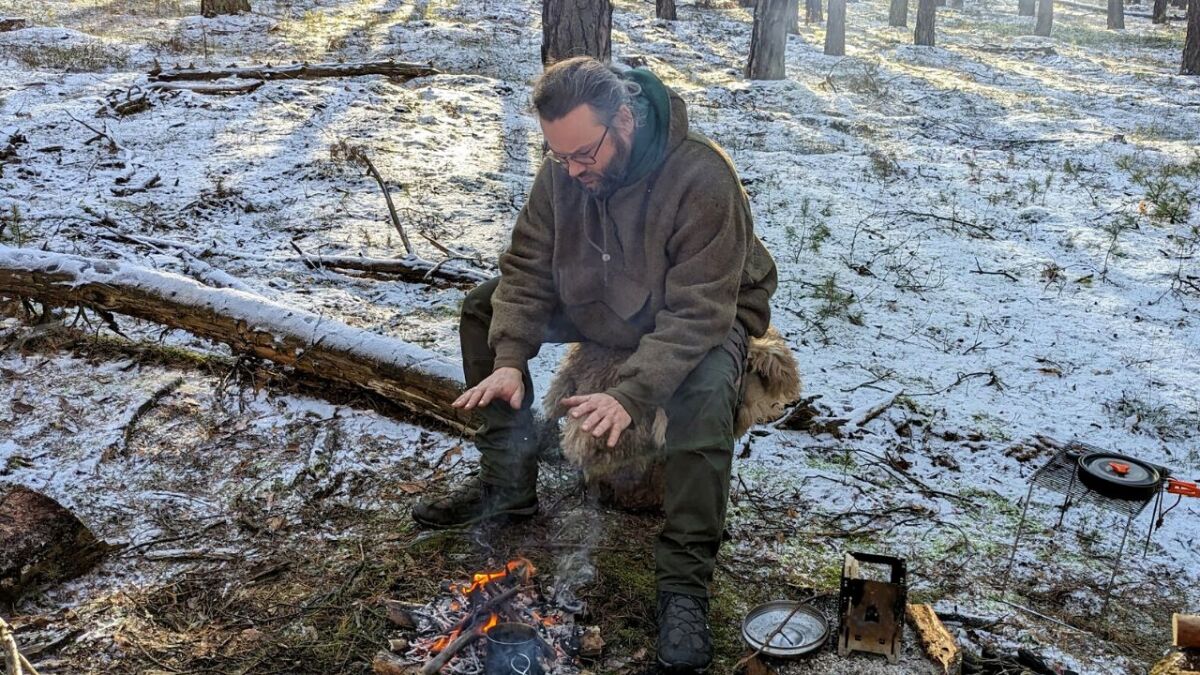
10. Igniting Fire - An Art Form, Not Just a Skill
"In the dense forests of Oregon, I embarked on a multi-day hike. I had years of camping experience and felt confident in my ability to start a fire. With matches, Firesteel, and dry tinder in my backpack, I was prepared for anything. Or so I thought."
On the third evening, I was caught off guard by a sudden rain shower. My gear got wet, and despite my efforts, I couldn't ignite a fire. The night was cold, and without a fire, I was unable to stay warm or cook my food.
I spent the night shivering in my sleeping bag and realized how much I had overestimated my ability to make fire. Finding dry wood and starting a fire under damp conditions required knowledge and skills that I had neglected until now.
After this experience, I decided to take a survival training course. I learned how to make fire even in the most unfavorable conditions, from choosing the right tinder to mastering the technique of bow drilling.
The knowledge of being able to ignite fire under any condition not only gives me a sense of security but also a deeper connection to nature. My advice to everyone: Never underestimate the elements and equip yourself with the necessary skills to cope in any situation."
Benjamin Foster, 32, Portland, Oregon
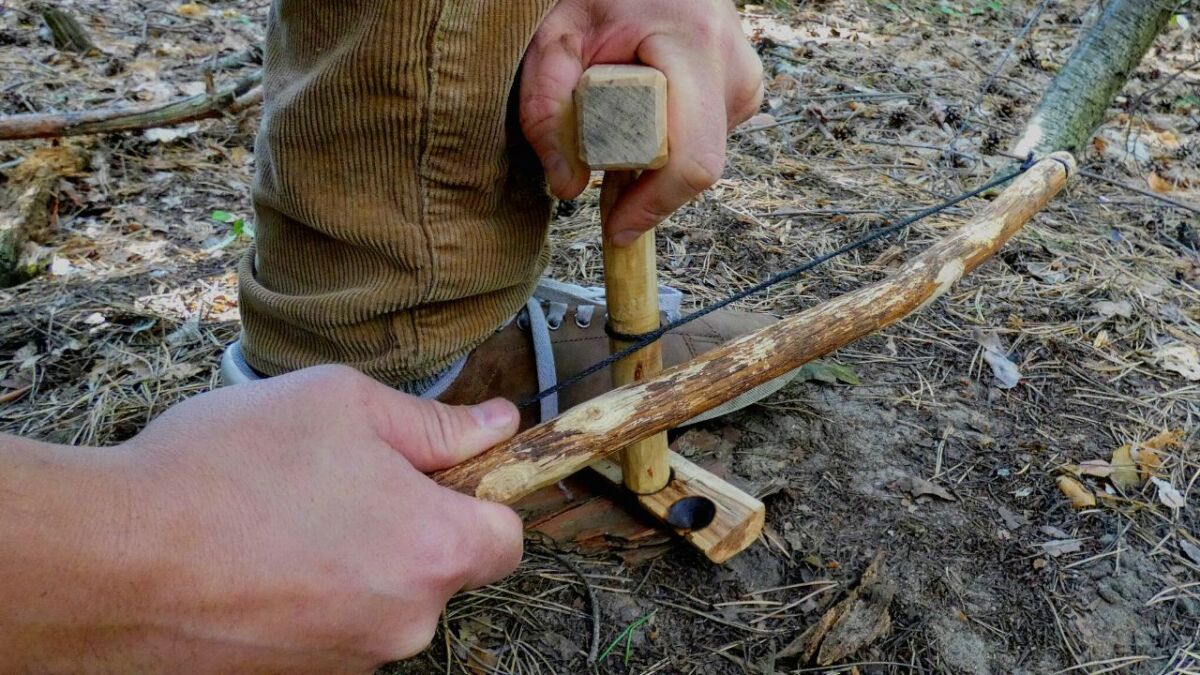
Every adventure into the wilderness brings its challenges, but with the insights and stories of these ten outdoor enthusiasts, you are now better prepared to conquer them.
Would you like to delve even deeper into the world of survival and learn from more experts?
👉 Discover here my basic collection of survival tips.
Your next expedition is already waiting - go out prepared!


Author of the guide
Martin Gebhardt
Hey, I'm Martin. On my blog, you will learn the basics and numerous details about living in the wild. I think survival, bushcraft and the good life in nature are the keys to happiness. Find me here on Instagram or on YouTube. You can find more about my mission on the About Me page.
Was this guide helpful?
16 people found this guide helpful.
5.00 out of 5 points (16 Ratings)
Comments (0)
This post may contain affiliate links. So if you click on the links and make a purchase, I will receive a small commission at no additional cost to you. Click here, to learn more about it.


